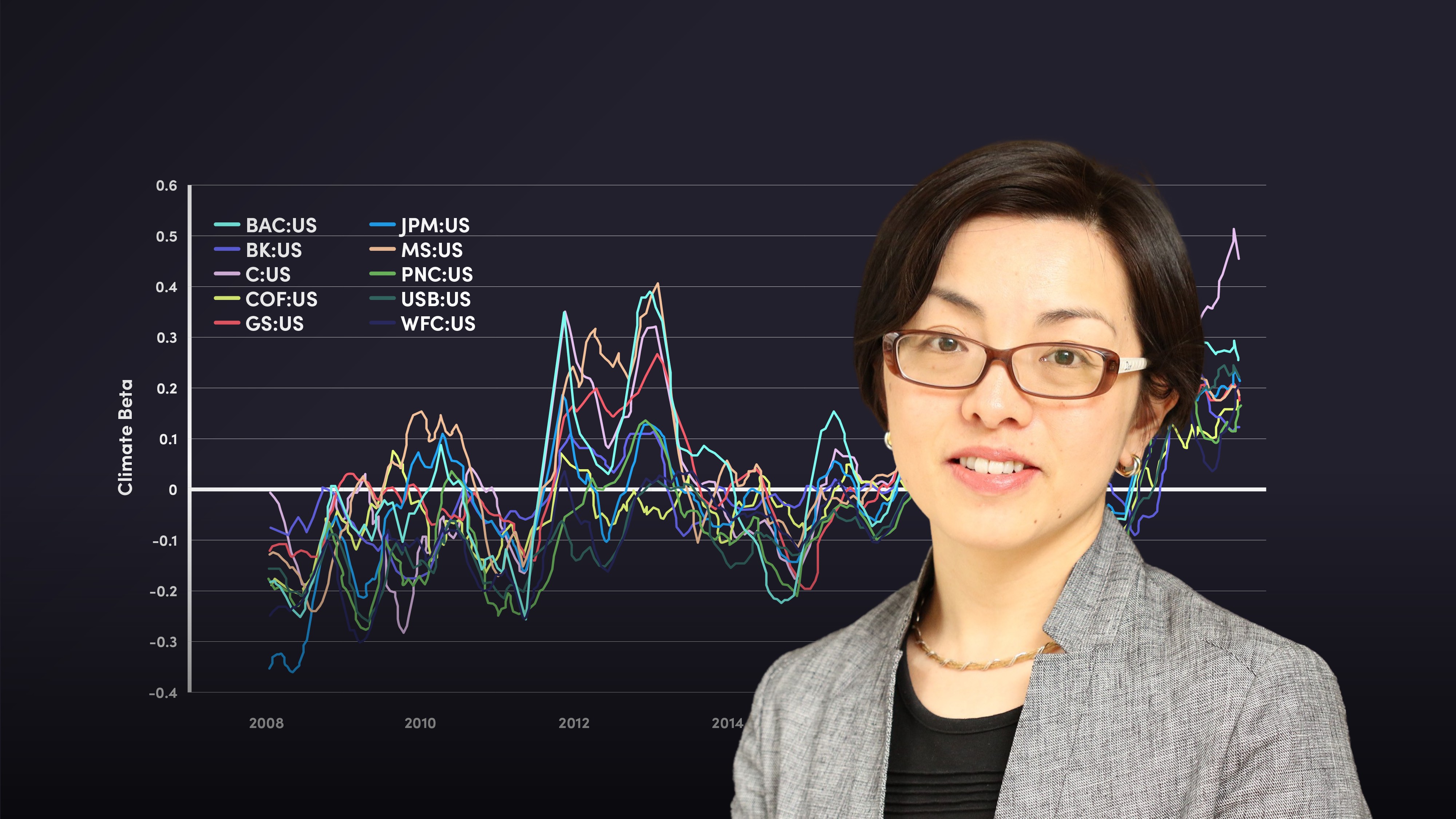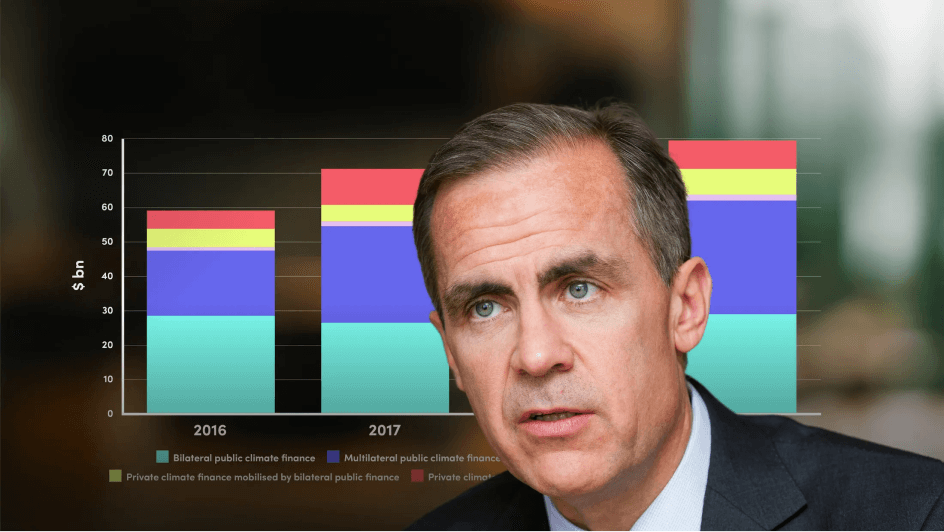
Application of GEOVOL and CRISK to Climate Policy

Misa Tanaka
Head of Research: Bank of England
The GEOVOL and CRISK concepts are very relevant for thinking about climate policies. Some of the results are a bit counterintuitive in that flash crash of August 2015 has a bigger impact on GEOVol than global financial crisis. Climate-related policy events, or weather-related events do not rank high in the top GEOvolatility events.
The GEOVOL and CRISK concepts are very relevant for thinking about climate policies. Some of the results are a bit counterintuitive in that flash crash of August 2015 has a bigger impact on GEOVol than global financial crisis. Climate-related policy events, or weather-related events do not rank high in the top GEOvolatility events.

Application of GEOVOL and CRISK to Climate Policy
7 mins 9 secs
Key learning objectives:
Understand the concept of GEOVOL
Understand the concept of CRISK
Overview:
GEOVOL is a measure that captures the common variation in the innovation of volatility of assets. It has been monitored and measured by using the daily closing prices of up to 47 country ETFs. CRISK is the expected capital shortfalls under climate stress risk. It is computed by calculating climate betas for large global banks, this is meant to capture the sensitivity of the equity prices of the existence of the excess returns of stranded asset portfolios.
What is GEOVOL, what are its associated advantages and what could it be used for?
GEOVOL is a measure that captures the common variation in the innovation of volatility of assets. It has been monitored and measured by using the daily closing prices of up to 47 countries' ETFs.
The main advantage of this measure is that it only needs asset prices to compute, therefore it is very simple to compute.
Further considerations:
Can GEOVOL be interpreted as a measure of geopolitical risk or is it more of a measure of unspecified common shocks, the volatility of multiple assets?
If this is a measure of unspecified common shocks, the volatility of multiple assets, is there an application to measuring climate-related systemic risk?
What is CRISK, what are its associated advantages and what could it be used for?
CRISK is the expected capital shortfalls under climate stress risk. It is computed by calculating climate betas for large global banks, this is meant to capture the sensitivity of the equity prices of the existence of the excess returns of stranded asset portfolios.
The benefit of using this approach to calculate the capital shortfalls of banks is that it only requires equity prices and basic balance sheet data from the banks.
Further considerations:
- Can we interpret climate betas as capturing banks' exposure to transition risks?
- Is CRISK a measure of bank capital shortfalls that regulators can use to inform the calibration of their tools, e.g. capital requirements?

Misa Tanaka
There are no available Videos from "Misa Tanaka"





















